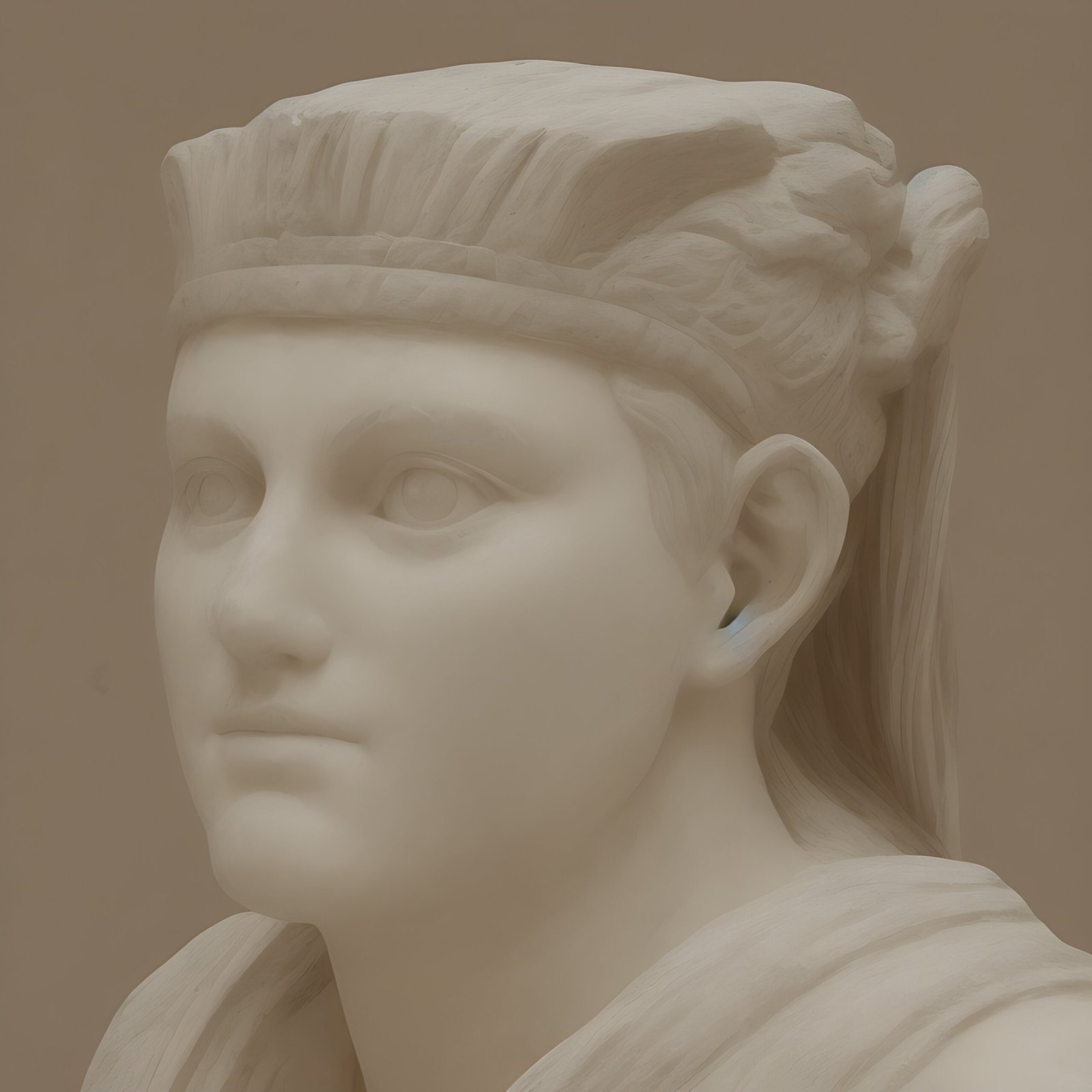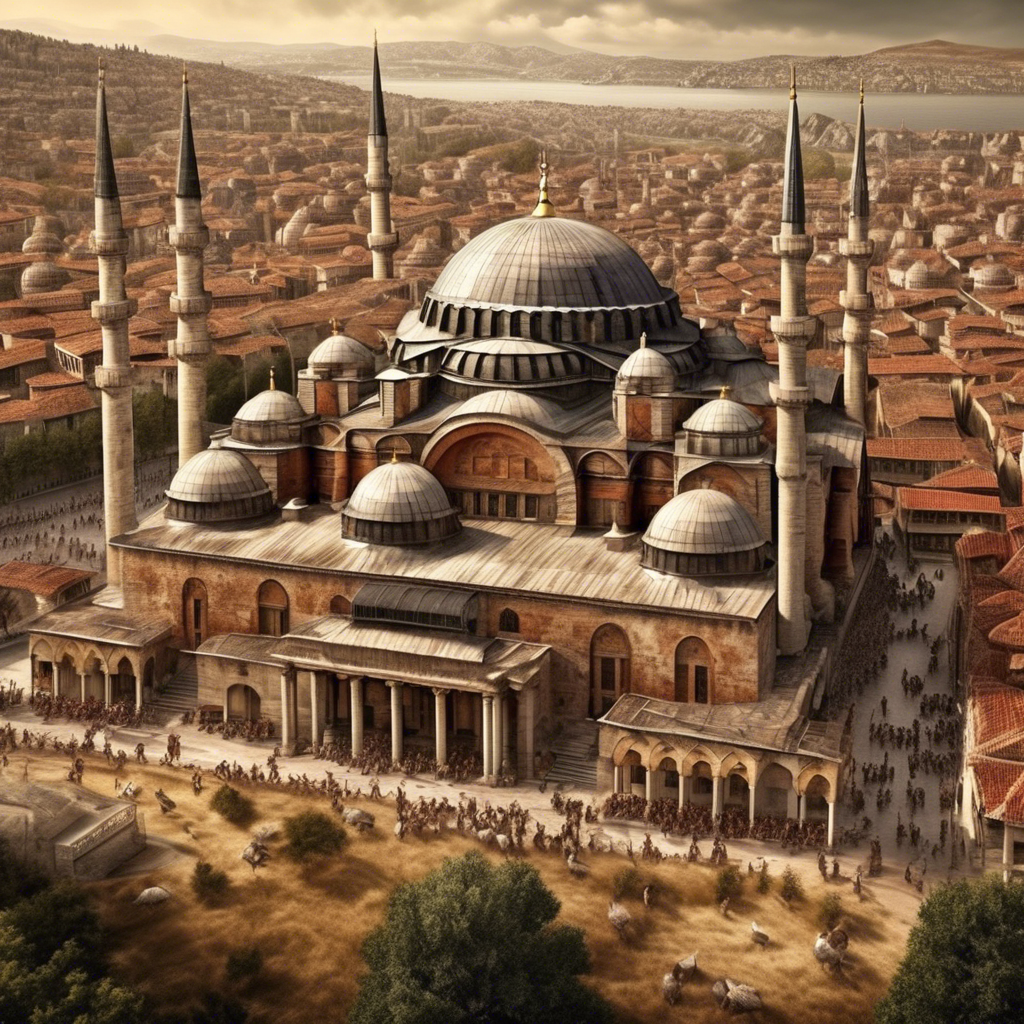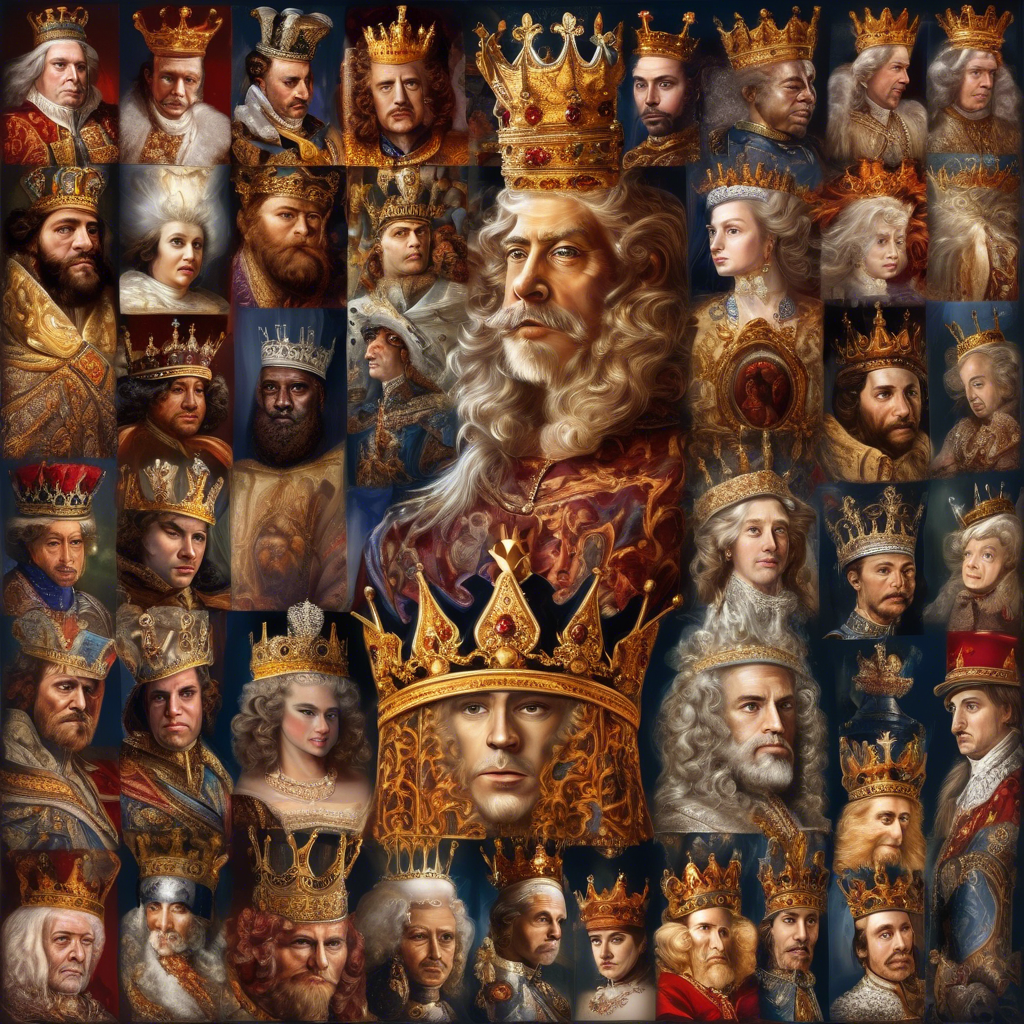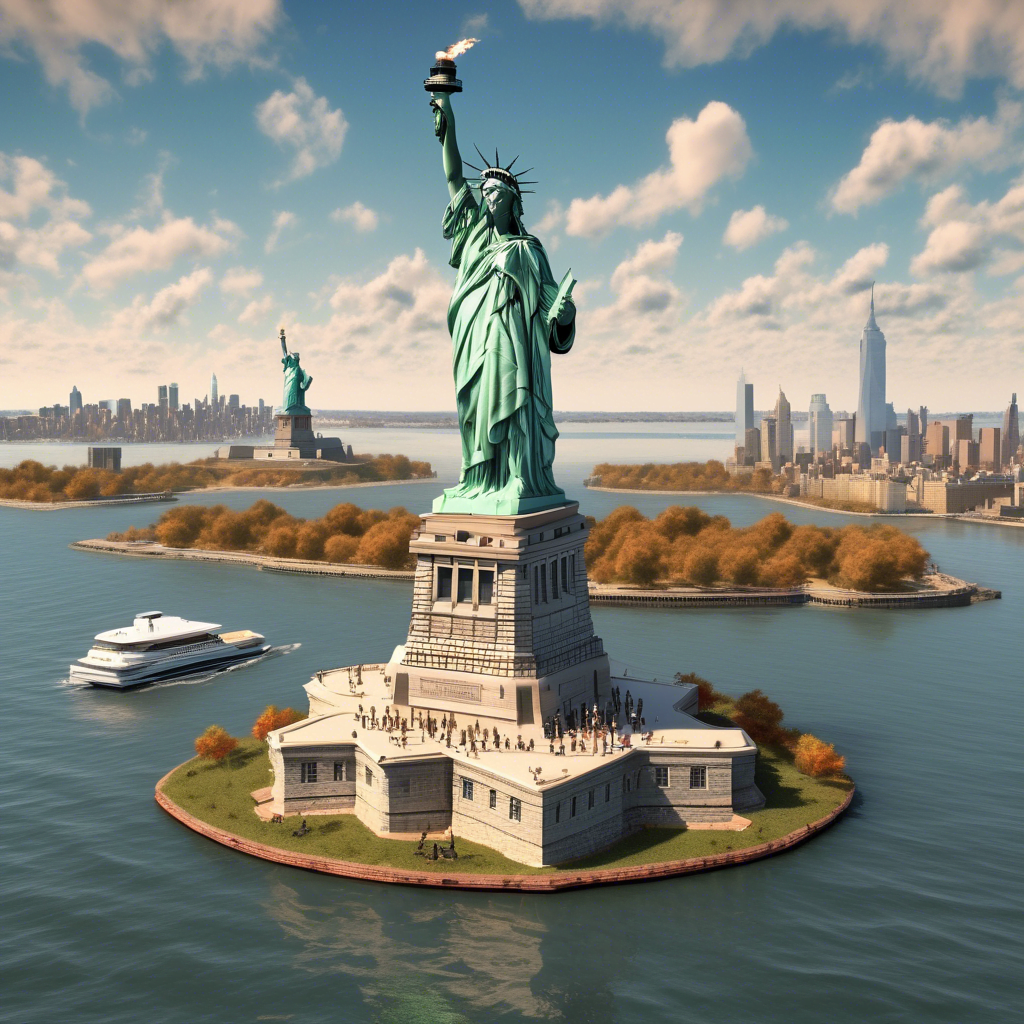
1.Introduction
Corinth, a prominent city-state in ancient Greece, stands as a testament to the rich tapestry of Greek politics, culture, and society. This project documentation delves into the origins, political structure, economic life, cultural achievements, military history, and legacy of Corinth, offering insights into the enduring legacy of this iconic city-state in the annals of history.
Brief Overview of Corinth
Corinth, strategically located between the Peloponnese and mainland Greece, flourished as a bustling commercial hub and naval power in antiquity. Renowned for its wealth, strategic position, and cultural contributions, Corinth played a pivotal role in shaping the political dynamics and artistic landscape of ancient Greece.
Importance of Studying the History of Corinth
Studying the history of Corinth provides a window into the complexities of Greek society, from the political intrigues of city-state governance to the artistic innovations that defined Corinthian culture. By unraveling the layers of Corinth’s past, we gain a deeper understanding of the historical forces that shaped the destiny of this influential city-state.
2. Origins and Foundation of Corinth
Geographical Location and Strategic Significance
Corinth’s location on the narrow isthmus connecting the Peloponnese with mainland Greece made it a vital crossroads for trade and military operations. The city’s commanding position overlooking the isthmus and the Gulf of Corinth gave it a strategic advantage in controlling maritime routes and land passages.
Mythological Origins and Founding Legends
According to Greek mythology, Corinth was founded by Sisyphus, the cunning king punished by the gods for his deceitful deeds. The city’s mythological origins reflect the themes of ambition, trickery, and divine retribution that permeated ancient Greek storytelling.
3. Political and Social Structure
Government System
Corinth’s political system underwent various transitions, from oligarchic rule to tyrannical regimes and democratic reforms. The Acrocorinth, a fortified hill overlooking the city, played a crucial role in defense and administration, serving as a symbol of Corinthian power and authority.
Social Classes
Corinthian society was stratified into distinct social classes, including aristocrats, merchants, artisans, and slaves. The elite aristocracy wielded political influence and economic power, while the merchant class thrived on trade and commerce. Artisans and slaves formed the backbone of Corinth’s economy, contributing to the city-state’s prosperity.
4.Economic Life and Trade
Corinth as a Major Commercial Hub
Corinth emerged as a major commercial center in ancient Greece, known for its pottery, textiles, and metalwork industries. The city’s strategic location facilitated trade with other Mediterranean regions, leading to the establishment of lucrative colonies and trade networks that bolstered Corinth’s economic prosperity.
Industries and Trade Networks
Corinthian artisans excelled in pottery production, creating distinctive black-figure and red-figure ceramics that were prized for their quality and craftsmanship. The city’s textile and metalwork industries also thrived, producing luxury goods that were in high demand across the ancient world. Corinth’s colonies and trade networks extended its influence and economic reach far beyond its borders.
5.Cultural and Artistic Achievements
Corinthian Pottery and Artistic Styles
Corinthian pottery, characterized by intricate designs and vibrant colors, exemplified the city’s artistic prowess and attention to detail. The distinctive Corinthian style influenced pottery production in Greece and beyond, leaving a lasting imprint on the artistic traditions of the Mediterranean world.
Influence of Corinthian Architecture
Corinthian architecture, marked by the use of Doric and Ionic styles, influenced Greek and Roman structures, including temples, theaters, and public buildings. The innovative designs and architectural features of Corinthian buildings showcased the city-state’s artistic sophistication and engineering ingenuity.
Religious Practices and Festivals
Religious practices and festivals played a central role in Corinthian culture, with temples dedicated to deities such as Aphrodite and Apollo serving as focal points for worship and celebration. Festivals like the Isthmian Games brought together athletes, spectators, and artists from far and wide, showcasing Corinth’s cultural vibrancy and religious devotion.
6.Military History and Conflicts
Corinth’s Involvement in Wars
Corinth played a significant role in the Persian Wars and the Peloponnesian War, aligning with other Greek city-states to defend against external threats and assert its regional influence. Military alliances and rivalries shaped Corinth’s strategic calculations and military engagements, highlighting the city-state’s commitment to safeguarding its interests.
Decline of Corinth’s Military Power
The decline of Corinth’s military power coincided with internal strife, external pressures, and shifting geopolitical dynamics in the ancient world. As regional powers like Macedon and Rome rose to prominence, Corinth’s military capabilities waned, leading to its eventual subjugation and incorporation into larger empires.
7.End of Corinth City-State
Conquest by Macedon and Roman Rule
Corinth fell under the control of Macedon and later the Roman Empire, becoming a strategic outpost and cultural crossroads in the Hellenistic and Roman worlds. The city’s wealth, strategic location, and artistic heritage attracted conquerors and traders, shaping its destiny under foreign dominion.
Destruction and Abandonment
In 146 BCE, Corinth suffered a devastating blow when the Roman general Lucius Mummius sacked and razed the city to the ground, ending its independence and prosperity. The destruction of Corinth marked the end of an era for the once-mighty city-state, as its vibrant culture, economic prowess, and political autonomy were extinguished in the flames of war and conquest. The ruins of Corinth stood as a somber reminder of the city-state’s former glory, a poignant testament to the transient nature of power and prosperity in the ancient world.
8.Legacy of Corinth
Influence on Roman Culture and Architecture
Corinth’s cultural and architectural legacy endured long after its destruction, shaping the artistic traditions and architectural styles of the Roman Empire. The Corinthian order, characterized by its ornate capitals and graceful columns, became a hallmark of Roman architecture, adorning temples, palaces, and public buildings across the empire.
Excavations and Archaeological Discoveries
Modern excavations in Corinth have unearthed a wealth of artifacts, structures, and inscriptions that shed light on the city-state’s ancient past. Archaeologists have uncovered temples, markets, theaters, and other structures that offer insights into Corinthian daily life, religious practices, and artistic achievements.
Continued Significance in Modern Times
The legacy of Corinth continues to resonate in modern times, inspiring scholars, artists, and historians to explore its rich history and cultural contributions. The enduring influence of Corinth on Western civilization, from its architectural innovations to its artistic achievements, underscores the enduring impact of this iconic city-state on the course of human history.
9.Conclusion
In conclusion, the history of Corinth city-state embodies the complexities and contradictions of ancient Greek society, from its political upheavals to its artistic triumphs. By examining Corinth’s origins, political structure, economic life, cultural achievements, military history, and legacy, we gain a deeper appreciation for the enduring legacy of this influential city-state in the annals of history.
As we reflect on the rise and fall of Corinth, we are reminded of the transient nature of power, wealth, and influence in the ancient world. The legacy of Corinth serves as a poignant reminder of the fragility of human achievements and the enduring power of ideas, art, and culture to transcend the boundaries of time and space.
10.References
– Pomeroy, Sarah B. “Ancient Corinth: A Guide to the Site and Museum.” ASCSA, 2007.
– Romano, David G. “The Social History of Ancient Corinth.” Temple University Press, 1989.
– Robinson, David M. “Excavations at Corinth: The Sanctuary of Demeter and Kore.” American School of Classical Studies at Athens, 1975.




Leave a Reply